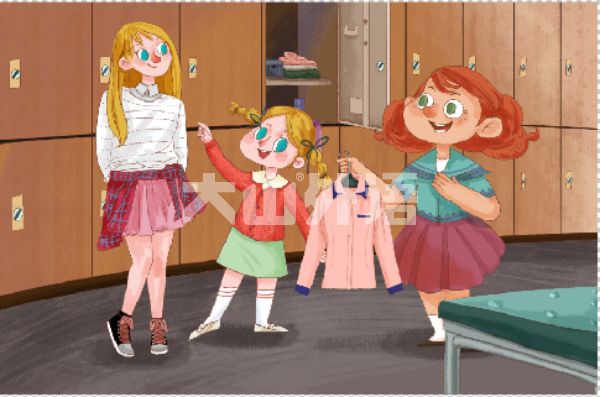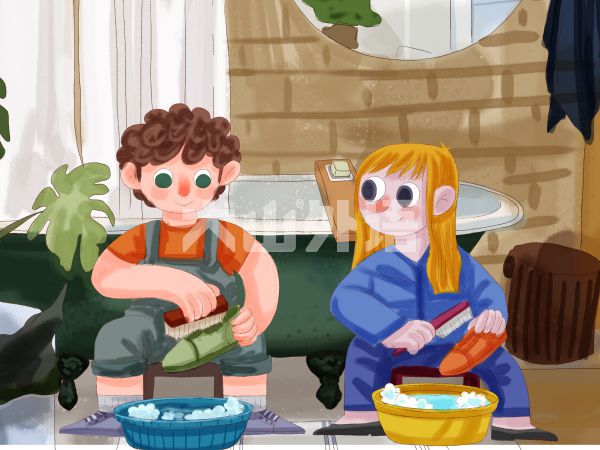过去将来完成进行时表动作从过去某一时间开始一直延续到过去将来某一时间。在英语时态中,“时“指动作发生的时间,”态“指动作的样子和状态。动作是否继续下去,由上下文决定。这个时态用得相对比较少,通常主要用于转述方面,即用于间接引语中。
过去将来完成进行时是由should/would have been + v-ing构成;否定形式should/would+not have been + v-ing;疑问形式是将should/would提前。

例句:
I heard by July you’d have been teaching here for ten years.
我听说到七月份,你就在这里教了10年书了。
He said that by the end of the spring term he would have been studying English for three years.
他说到了春季学期末,他就学了三年英语了。
I knew by that time he would have been working there for 30 years.
我知道到那时他他就在那儿工作满30年了。
She told me she’d have been teaching in that university for 20 years by that summer.
她告诉我到那年夏天她在那所大学教书就满20年了。









